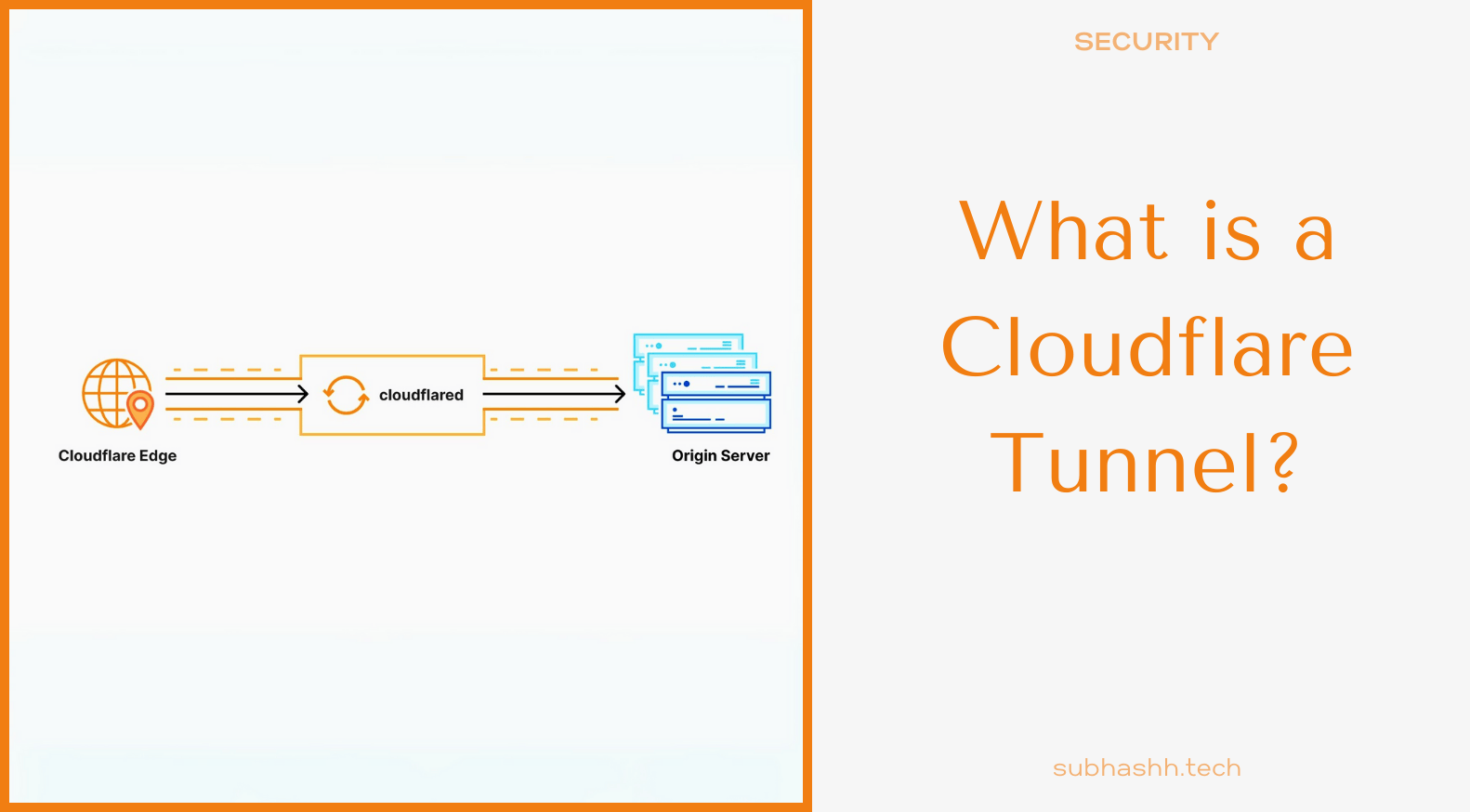What are Cloudflare tunnels and how to setup one?

A Cloudflare Tunnel is a secure way to expose your local web server to the internet without needing to open any ports on your firewall. It's like creating a private tunnel from your local machine to the internet, protected by Cloudflare's global network.
Why Use a Cloudflare Tunnel?
- Enhanced Security: Cloudflare's robust security measures protect your server from potential threats.
- Easy Setup: The process is straightforward, even for beginners.
- Global Accessibility: Your local server can be accessed from anywhere in the world.
- No Port Forwarding: You don't need to configure complex port forwarding rules on your router.
Step-by-Step Guide
1. Create a Cloudflare Account
- If you don't have one already, sign up for a free Cloudflare account.
2. Add a Domain to Cloudflare
- Add the domain name you want to use for your tunnel to your Cloudflare account.
3. Install Cloudflare Tunnel Client (cloudflared)
- Download the
cloudflaredclient from the Cloudflare website and install it on your local machine.
4. Authenticate cloudflared
- This will open a browser window where you can log in to your Cloudflare account and authorize
cloudflared.
Open your terminal or command prompt and run the following command:
cloudflared login
5. Create a Tunnel
Run the following command to create a tunnel:
cloudflared tunnel create <tunnel-name>
Replace <tunnel-name> with a desired name for your tunnel.
6. Configure Your Web Server
- Make sure your web server is running on a specific port, such as port 8080.
7. Start the Tunnel
Run the following command to start the tunnel:
cloudflared tunnel run <tunnel-name>
8. Configure DNS
- In your Cloudflare DNS settings, create a CNAME record for your subdomain (e.g.,
my-app.mydomain.com) and point it to the hostname provided bycloudflared.
9. Access Your Server
- Now, you can access your local web server by visiting the configured subdomain (e.g.,
https://my-app.mydomain.com) in your browser.
Additional Tips:
- Security: Always keep your web server and
cloudflaredup-to-date with the latest security patches. - Configuration File: You can create a configuration file to streamline the process and automate tunnel creation and startup.
- Firewall Rules: While Cloudflare Tunnel handles most security, consider setting up firewall rules to limit access to your server.
By following these steps, you can easily set up a Cloudflare Tunnel and expose your local web server to the internet securely and efficiently.